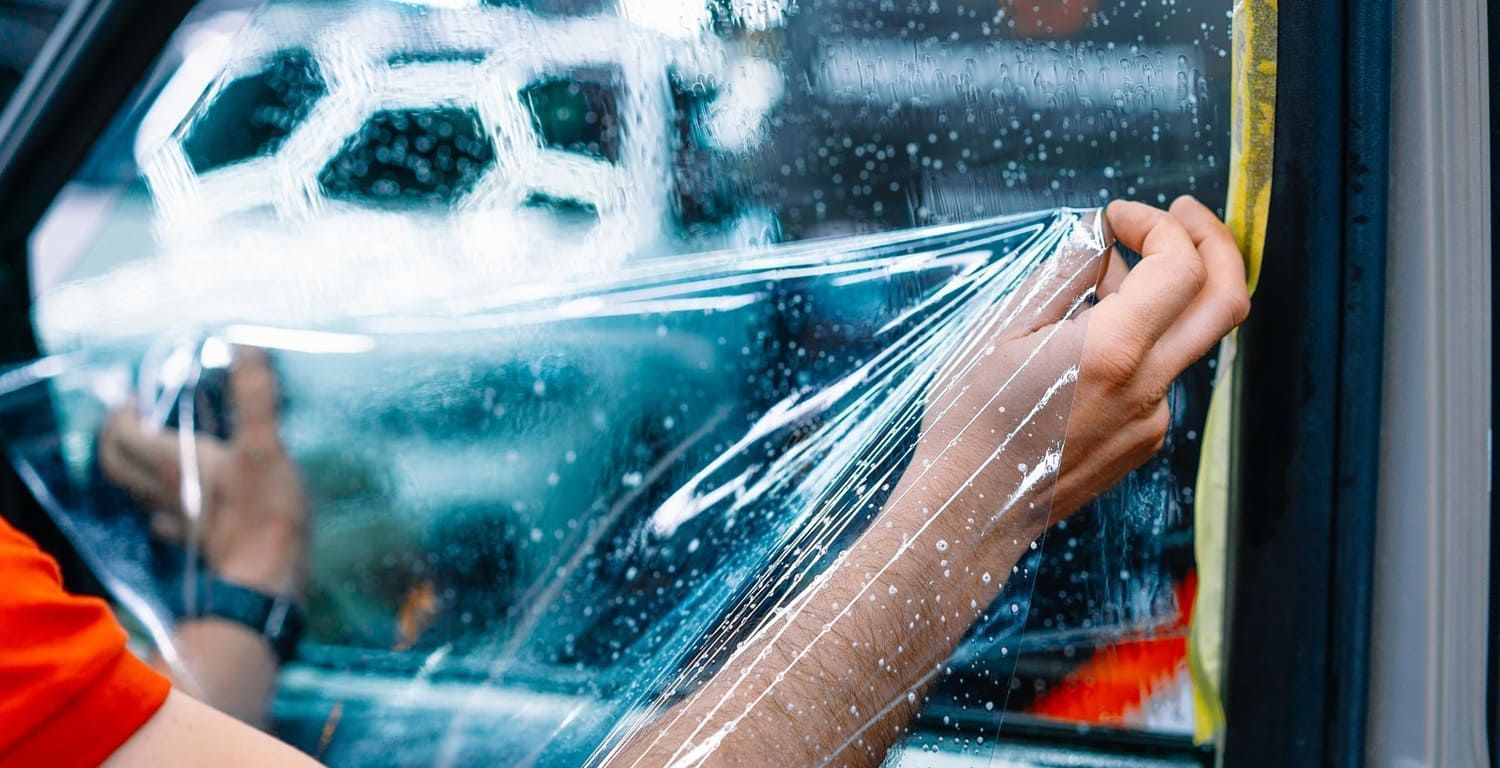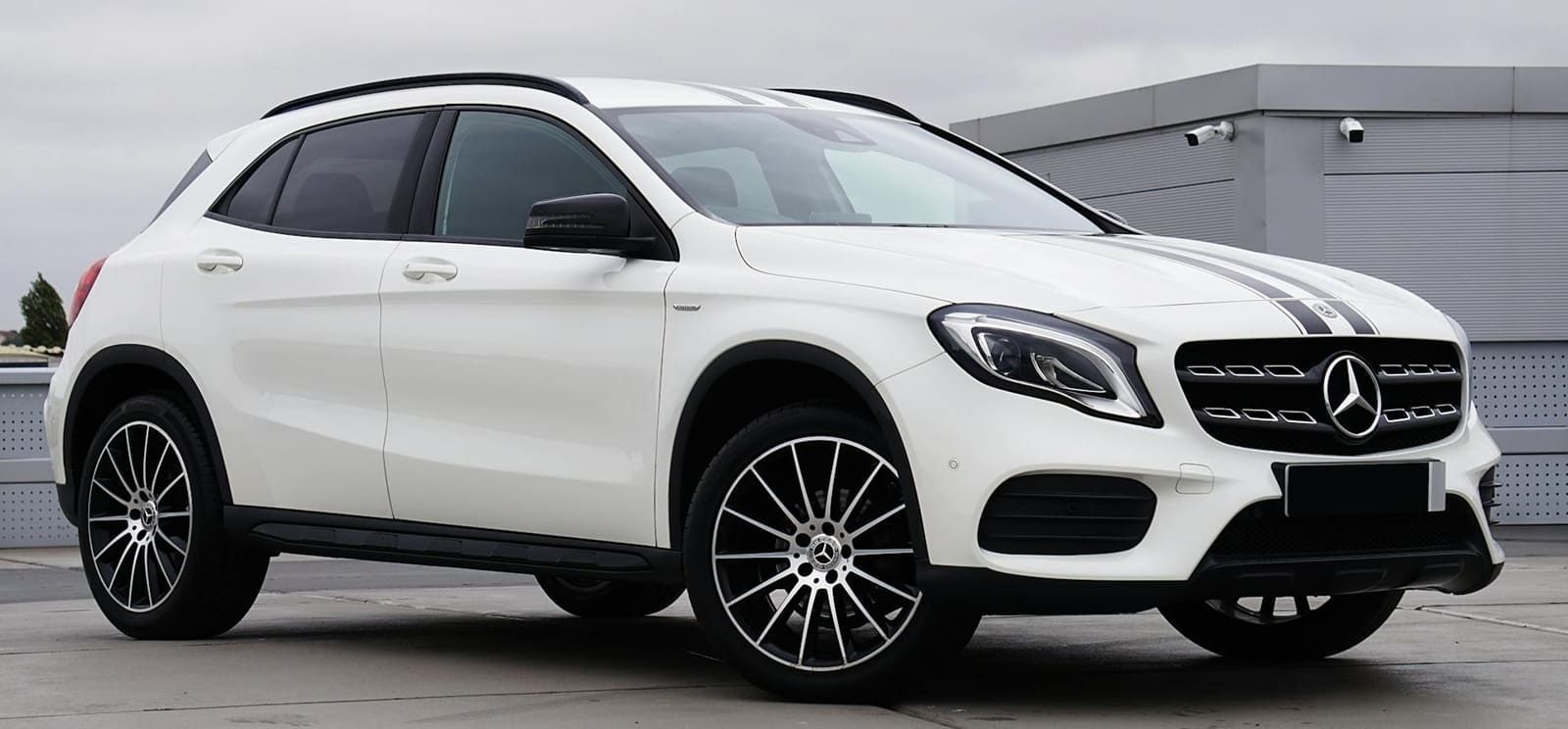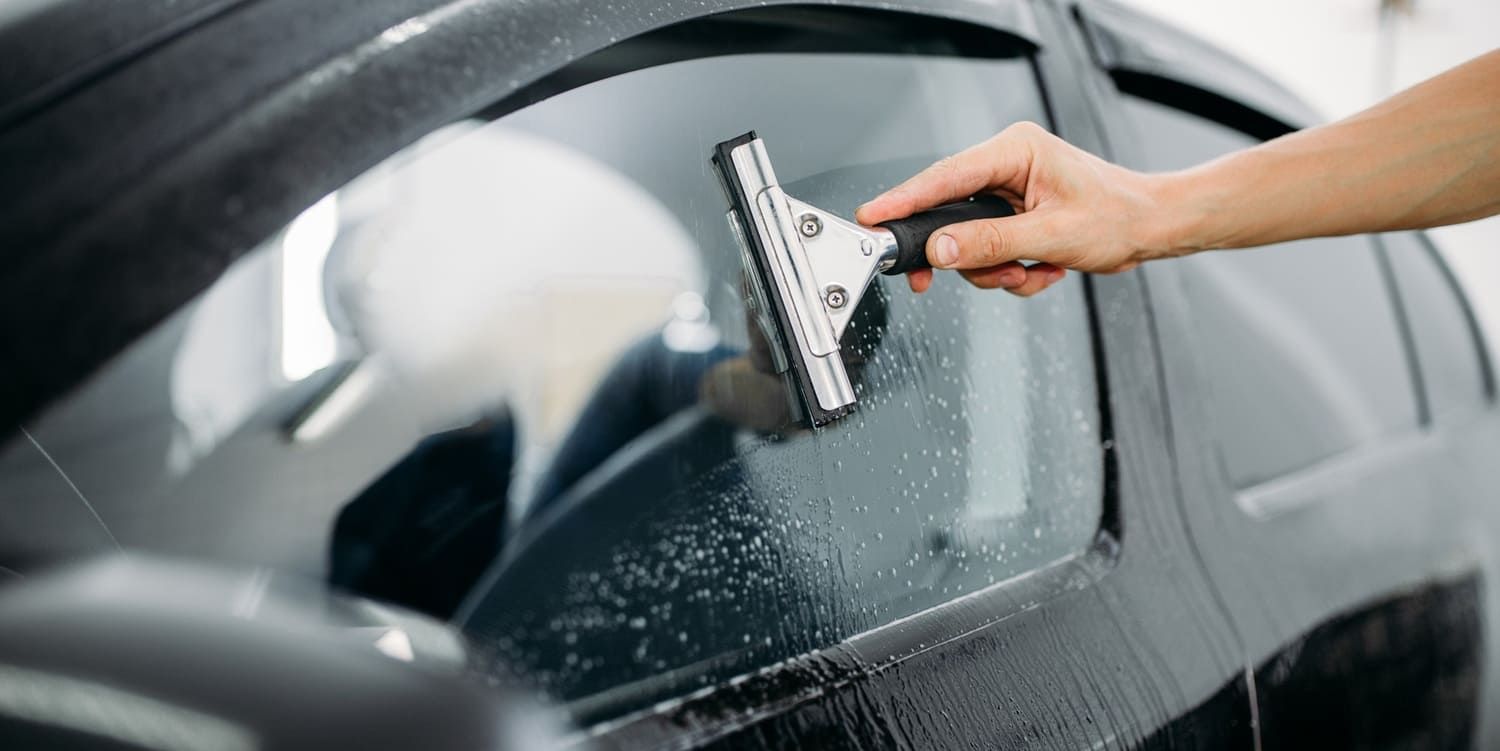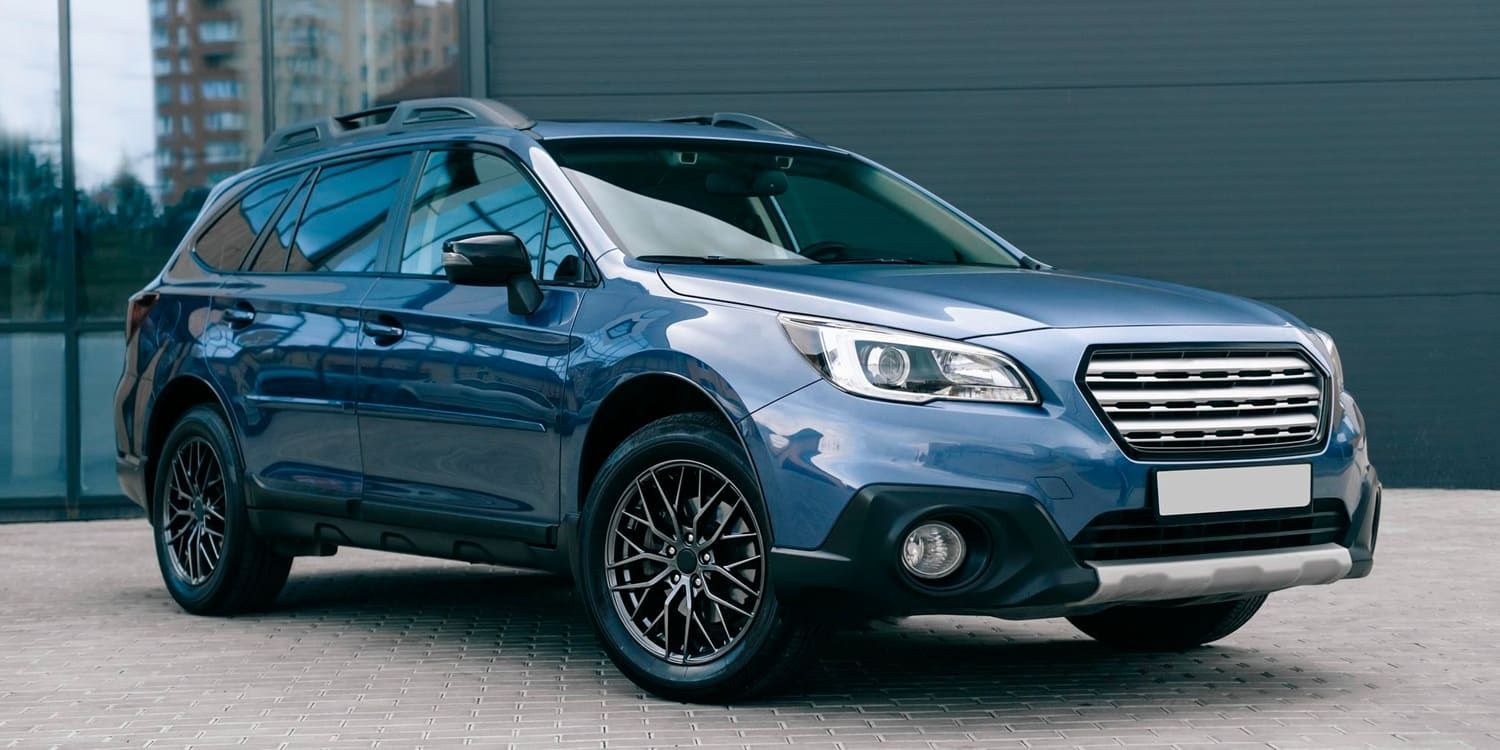What States Allow Darkest Tint in 2025?
Car window tinting is a popular modification among vehicle owners. It offers benefits like UV protection and increased privacy. However, understanding window tint laws is crucial.
Each state has its own regulations. These laws dictate the permissible level of tint on car windows. The darkest tint laws 2025 are no exception.
Visible Light Transmission (VLT) percentage is key. It measures how much light passes through the window. States vary in their VLT requirements.
Some states allow darker tints on rear windows. Others have stricter rules for front windows. Florida window tint law, for example, has specific VLT limits.
Medical exemptions exist in some states. They allow darker tints for health reasons. This adds another layer to the legal landscape.
Staying informed about these laws is essential. It helps avoid fines and ensures compliance. This guide will explore the darkest tint laws in 2025.

Understanding Window Tint Laws in 2025
Window tint laws can be complex, but understanding them is important for every driver. Each state creates its own rules, focusing on safety and visibility.
The darkest tint laws 2025 will include changes and updates to existing regulations. These updates may vary in terms of VLT requirements. State laws are shaped to consider local climate and safety needs.
VLT, or Visible Light Transmission, is a key factor in these laws. It determines how much light can pass through the tint film. Lower VLT percentages indicate darker tints.
Here's what VLT rules generally dictate:
- Front Windshields: Often require a higher VLT for safety.
- Front Side Windows: Usually have stricter VLT limits.
- Rear Side Windows and Back Windows: Often allow a darker tint.
Additionally, some states offer medical exemptions for individuals needing less light exposure. These exemptions require appropriate documentation. Car owners should always verify current rules before applying window tint. Laws can change, especially as we approach 2025. Being informed helps avoid penalties and ensures a safer driving experience.
What Is the Darkest Legal Tint? (VLT Explained)
Understanding VLT is crucial for complying with window tint laws. VLT stands for Visible Light Transmission. It quantifies the amount of light that passes through a window tint film.
A lower VLT percentage means the tint is darker. For example, a 5% VLT allows only 5% of visible light through. This is commonly referred to as “limo tint.”
Legal requirements for VLT differ by window type. Here's a general breakdown:
- Front Windshields: Higher VLT required, often around 70% for safety.
- Front Side Windows: Typically require 30% to 50% VLT.
- Rear Side Windows and Back Windows: Often allow 20% VLT or even lower.
States balance privacy and safety when setting VLT laws. Dark tints can enhance privacy but affect visibility. It’s vital to know the specific legal VLT limits in your state. Laws are designed to ensure safety while meeting drivers' needs for comfort and privacy. Adhering to these limits helps avoid penalties and ensures you meet state regulations.
Why States Regulate Car Window Tinting
States regulate car window tinting for several important reasons. Safety is a primary concern as dark tints can impair visibility. In low-light conditions or at night, visibility becomes crucial.
Another reason is law enforcement safety. Officers need to see into vehicles during traffic stops. This ensures that situations remain under control and officers can quickly assess circumstances.
Finally, consumer protection plays a role. Regulations prevent car owners from tinting their windows beyond legal limits unknowingly. Ensuring that drivers are informed helps protect them from legal issues and potential fines.
Key reasons for tint regulation include:
- Safety for all drivers: Ensures visibility on the road.
- Law enforcement transparency: Allows clear visibility during stops.
- Consumer protection: Shields drivers from legal complications.
Each state balances these factors to set the most appropriate regulations. Understanding these helps drivers comply and stay safe.
State-by-State Guide: Darkest Tint Laws 2025
Window tint laws in the U.S. show great diversity. Each state sets its own legal standards. These vary based on regional climate and safety priorities.
Understanding these laws helps avoid legal issues. It's essential to know what your state permits. As rules can differ drastically, comprehension is key for compliance.
Some states allow darker tints on rear windows. This enhances privacy and offers comfort to passengers. However, front windows typically have stricter rules to ensure driver visibility.
Here's a breakdown of states with more lenient tint laws:
- Florida: Permits 28% VLT for front windows, 15% for rear.
- Arizona: Allows 33% VLT on front windows for sedans.
- New Mexico: Offers 20% VLT for both front and rear.
Next, we identify the states with uniform, albeit strict, laws for window tinting. Restrictions may seem tighter but aim to address safety concerns.
- New York: Enforces 70% VLT across all windows.
- Michigan: Maintains stringent tint levels, with minimal variance.
- Minnesota: Requires light tints, closer to 50% VLT.
Drivers must remain aware of these specifics. Compliance not only avoids fines but ensures everyone’s safety.
States Allowing the Darkest Tints
Certain states are more permissive with their tint laws. They accommodate darker tints, particularly on rear windows. These laws often consider climate, offering sun protection.
Here’s a selection of states with the darkest tint allowances:
- Louisiana: On front side windows, 40% VLT is allowed.
- Texas: Applies a 25% VLT standard for front windows.
- Tennessee: Front windows permit a 35% VLT.
- Georgia: Adopts a 32% VLT policy for the front.
- South Carolina: 27% VLT on front windows is acceptable.
Each of these states has distinct requirements based on window location. Allowances are generally higher for rear and back windows. Vehicle type also influences the accepted VLT. Additionally, reciprocity agreements might affect drivers traveling across state lines.
States with Strict Tint Laws
In contrast, several states impose strict tint regulations. These tend toward lighter tints to maximize visibility. Public safety and police transparency are critical in these regions.
Here's a list of states with rigorous rules:
- Vermont: Nearly no tint on front windows is permitted.
- New Jersey: Requires untinted front windows.
- Michigan: Strict limits with minimal tint leeway.
- New York: All windows must have 70% VLT minimum.
Compliance ensures vehicle readiness for inspection in these states. Visibility is prioritized, especially in varied driving conditions. Understanding restrictions helps maintain your car within legal boundaries and avoid unwanted fines.
Florida Window Tint Law 2025: What’s Legal?
Florida's window tint laws are among the most popular. The sunlight in Florida greatly influences these regulations. They balance UV protection with necessary visibility.
For 2025, Florida's laws specify distinct VLT percentages. Each vehicle window has specific allowances to follow. Front side windows can have a VLT of 28%.
The law is less strict for rear windows. They're permitted to have a 15% VLT. This allows for greater privacy and sun protection.
Florida's legal framework also considers windshield tinting. Only the top portion, or the AS-1 line, can be tinted. This prevents glare without obstructing vision.
The regulations aim to enhance comfort and safety on Florida roads. It's crucial for drivers to adhere to these specific rules. Non-compliance can lead to fines and mandatory removal of tinting. For further details, here's a quick list of key points:
- 28% VLT for front side windows
- 15% VLT for rear side and back windows
- Windshield tinting only above the AS-1 line
California, Texas, and Other Key States: 2025 Updates
California's tint laws are strict. Only front windows require 70% VLT. This ensures driver visibility and safety. Back windows can be darker.
Texas offers more flexibility in their tint laws. Front side windows require 25% VLT. Rear windows, on the other hand, allow any darkness level. This allows more privacy and sun protection.
Other states vary in their regulations. Arizona and New Mexico have unique requirements. They cater to their specific climates and safety concerns.
In 2025, some states introduced new updates. Changes reflect advancements in tint technology and safety standards. Each state aims to balance privacy with road safety.
Understanding the nuances helps prevent legal issues. Regular reviews of these laws are essential. Keep updated, especially if traveling across state lines. Here are key points for California and Texas:
California:
- 70% VLT for front windows
- No restrictions on rear window darkness
Texas:
- 25% VLT for front side windows
- Unlimited darkness for rear windows
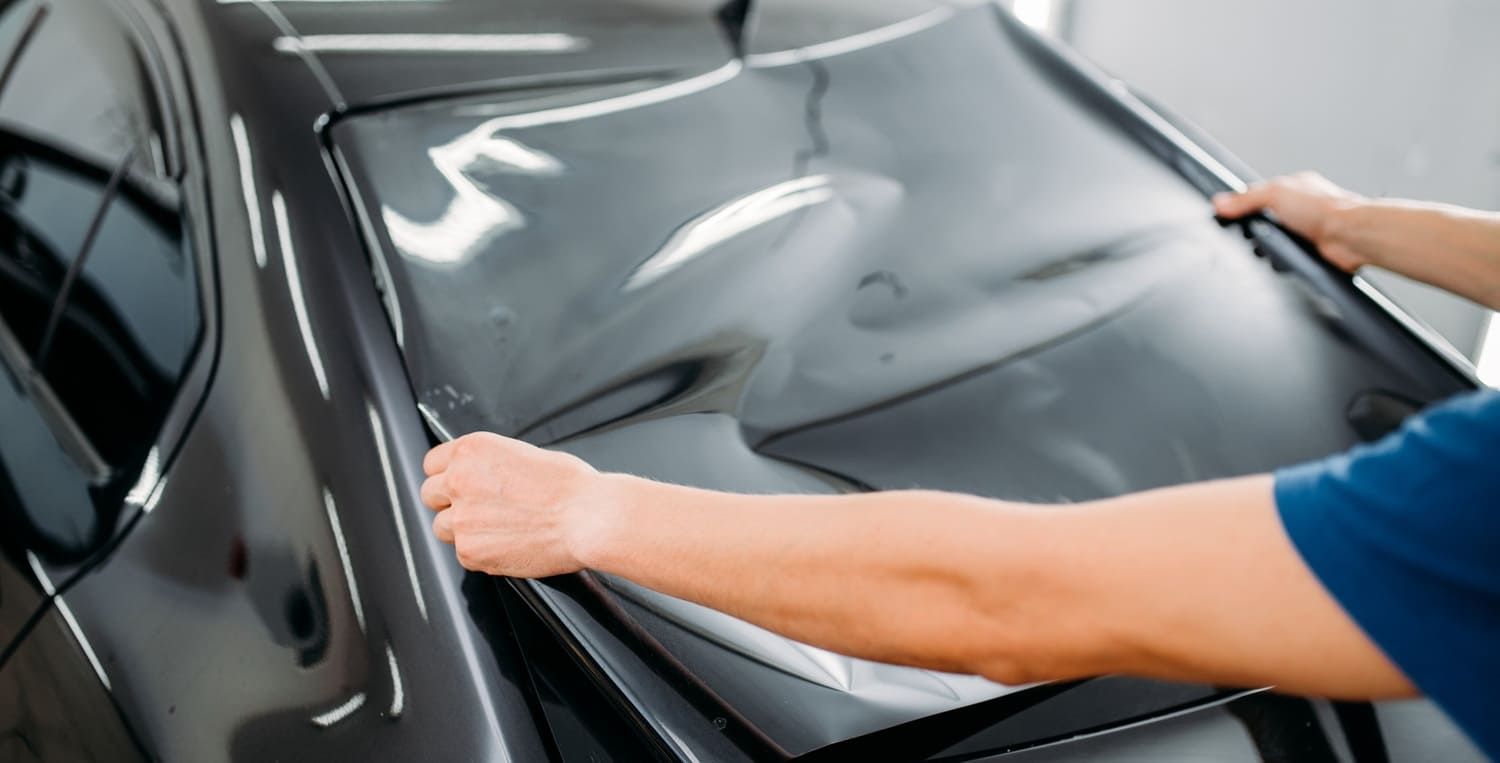
Medical Exemptions and Special Cases
Some states offer medical exemptions for tint. These exemptions address specific health needs. For instance, certain skin conditions require greater UV protection.
To qualify, drivers usually submit a physician's statement. This statement confirms the medical necessity. Each state has its own application process and documentation.
Awareness of these special provisions is crucial. It can prevent violations and enhance comfort. Not all states recognize these exemptions, so check local laws.
Common Conditions for Exemptions:
- Lupus
- Albinism
- Xeroderma pigmentosum
Enforcement, Penalties, and Compliance
Enforcement of window tint laws varies by state. Traffic stops often include tint checks. Violations can lead to fines or mandatory removal.
The penalties for illegal tint can escalate. Repeat offenses might incur harsher penalties. Compliance is critical to avoid these issues.
Staying informed about local tint laws helps. Resources are available for guidance. Professional tinting services offer advice to ensure legality.
Common Enforcement Actions:
- Traffic tickets for non-compliance
- Tint meter inspections
- Mandatory removal of illegal tint
Tips for Legal Car Window Tinting in 2025
Maintaining legality with car window tinting involves understanding and following local regulations. Knowing the specific tint percentages allowed in your state is crucial.
Consider consulting a professional tinting service. They usually have updated knowledge about window tint laws. This ensures that your tint installation is compliant.
Quick Tips for Compliance:
- Verify the legal VLT for your state.
- Request compliance certificates from installers.
- Regularly check for changes in tint laws.
Conclusion: Staying Informed and Safe
Understanding the darkest tint laws for 2025 is crucial. Each state has different rules that can impact your driving experience. Staying up-to-date with changes can save you from unnecessary fines.
Legal car window tinting offers many benefits. These include enhanced privacy and interior protection. By adhering to the law, you ensure safety for yourself and others. For expert guidance and professional installation, trust West Boca Tint & Accessories, your Trusted LLumar FormulaOne Dealer and Premier window tinting installers near you serving Boca Raton, FL—contact us today for a free estimate and ensure your tint is stylish, compliant, and long-lasting.
FAQs About States Allowing the Darkest Legal Window Tint in 2025
What does “darkest legal tint” mean?
It refers to the lowest Visible Light Transmission (VLT) percentage allowed by law. A lower VLT means less light passes through the window, making the tint darker.
Which states allow the darkest window tint in 2025?
As of 2025, states like New Mexico, Texas, Montana, and Florida have some of the least restrictive tint laws, allowing darker shades compared to others.
What is the lowest legal VLT in the U.S.?
Some states allow as low as 5% VLT on certain windows (often rear or side), but front windshield limits are typically much lighter.
Do all windows on a car have the same tint limits?
No. Most states have stricter rules for front side windows and windshields than for rear and back side windows.
Can SUVs and trucks have darker tint than sedans?
Yes. In many states, rear windows on SUVs and trucks can be much darker than the same windows on passenger cars.
Does “darkest tint” mean it’s legal everywhere?
No. Tint laws vary widely by state. What’s legal in one state may result in a ticket in another.
Which states allow very dark rear window tint?
States like New Mexico, Arizona, and Alabama allow very dark or even blackout tint on rear windows.
Can medical exemptions allow darker tint?
Yes. Many states issue medical waivers for darker tint if you have a condition requiring extra sun protection.
Are there states with no tint laws at all?
No U.S. state has zero tint laws, but some have minimal restrictions for certain vehicle types.
Does the darkest legal tint affect nighttime visibility?
Yes. Extremely dark tint can make it harder to see at night, so many drivers balance privacy with safety.
Can police officers still stop you for legal dark tint?
Yes. Even if your tint is legal, an officer may stop you to verify compliance with local regulations.
Do tint laws apply to out-of-state drivers?
Yes. You must follow the laws of the state you’re driving in, even if your home state allows darker tint.
Is front windshield tint ever allowed to be dark?
No. Federal and state rules usually limit windshield tint to above the AS-1 line or a light strip for sun glare reduction.
How often do states update tint laws?
Laws may change every few years, so it’s important to check updates annually if you travel often.
Which states are most lenient on tint for 2025?
Montana, Texas, New Mexico, and Florida remain among the most lenient, allowing darker side and rear windows.
Does the darkest tint block more heat?
Not always. Ceramic tints can block more heat with higher VLT, so shade doesn’t always equal performance.
Is reflective or mirrored tint allowed in states with dark limits?
Some states allow darker tints but ban mirrored or metallic films for safety and glare reasons.
How do I check my state’s exact tint laws?
Refer to your state DMV or DOT website for the most current legal limits.
Which states allow the darkest tint in 2025?
A handful of states—especially in the Southwest and Southeast—permit very low VLT on certain windows, but you must check exact regulations before applying dark tint.





